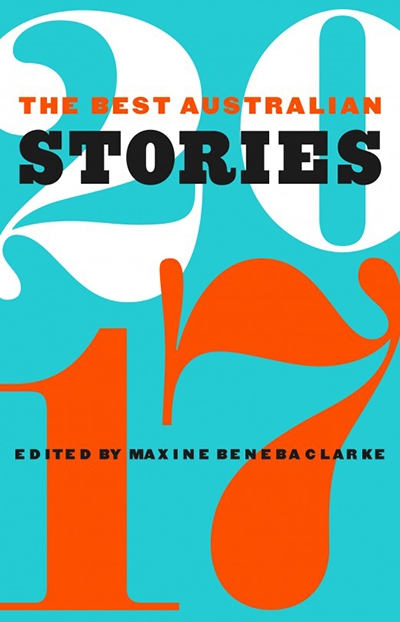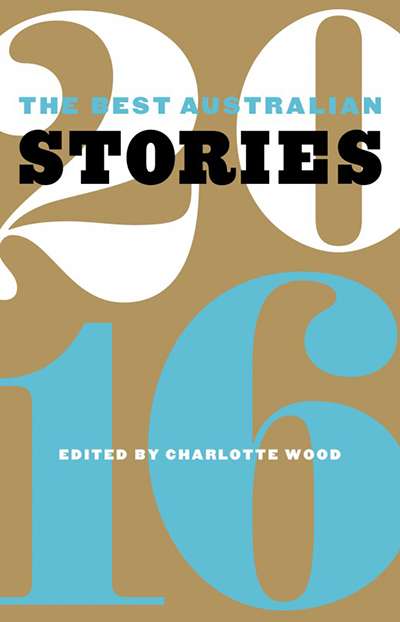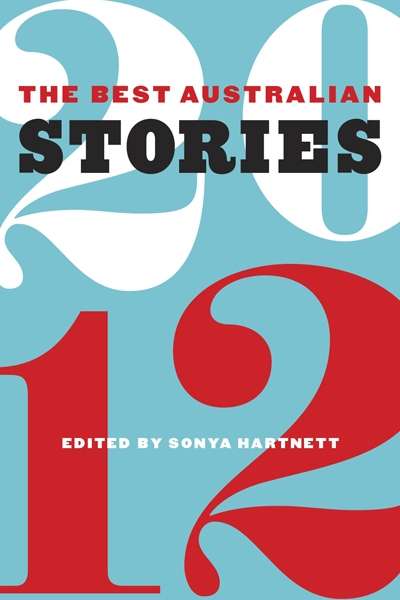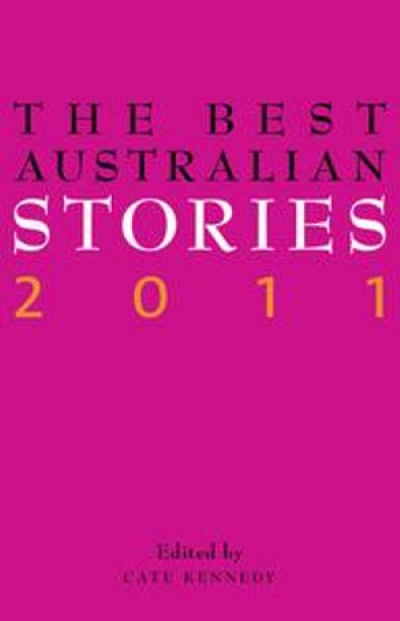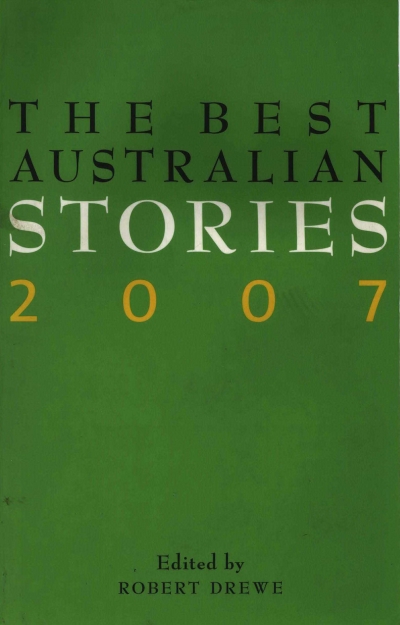The Best Australian Stories
The Best Australian Stories 2017 edited by Maxine Beneba Clarke
by Rachel Robertson •
The Best Australian Stories 2016 edited by Charlotte Wood
by Kerryn Goldsworthy •
The Best Australian Stories 2012 edited by Sonya Hartnett
by Cassandra Atherton •
The Best Australian Stories 2011 edited by Cate Kennedy
by Ruth Starke •
The Best Australian Stories 2007 edited by Robert Drewe
by Rosemary Sorensen •

